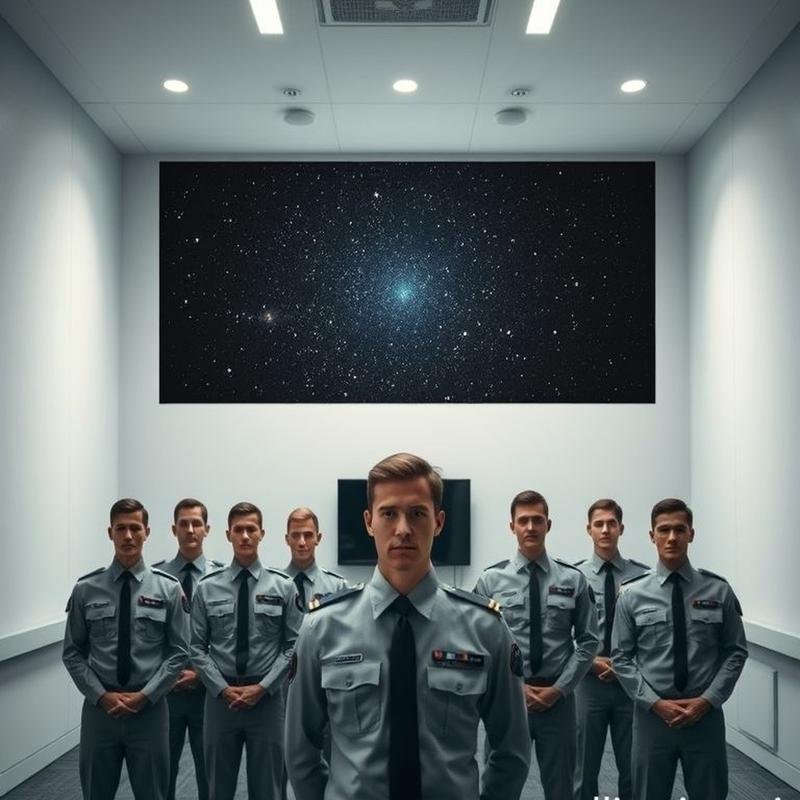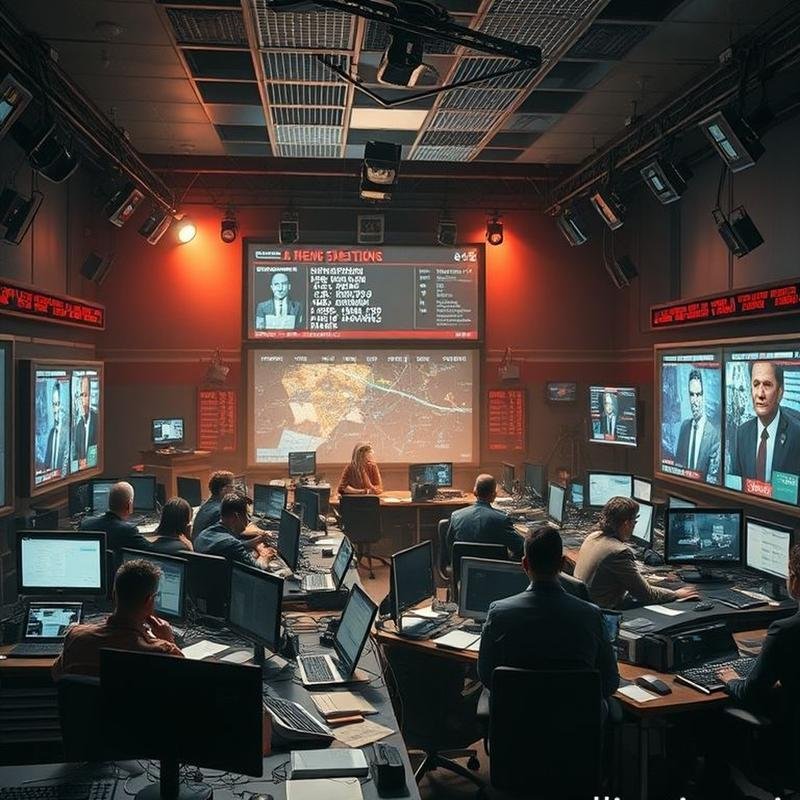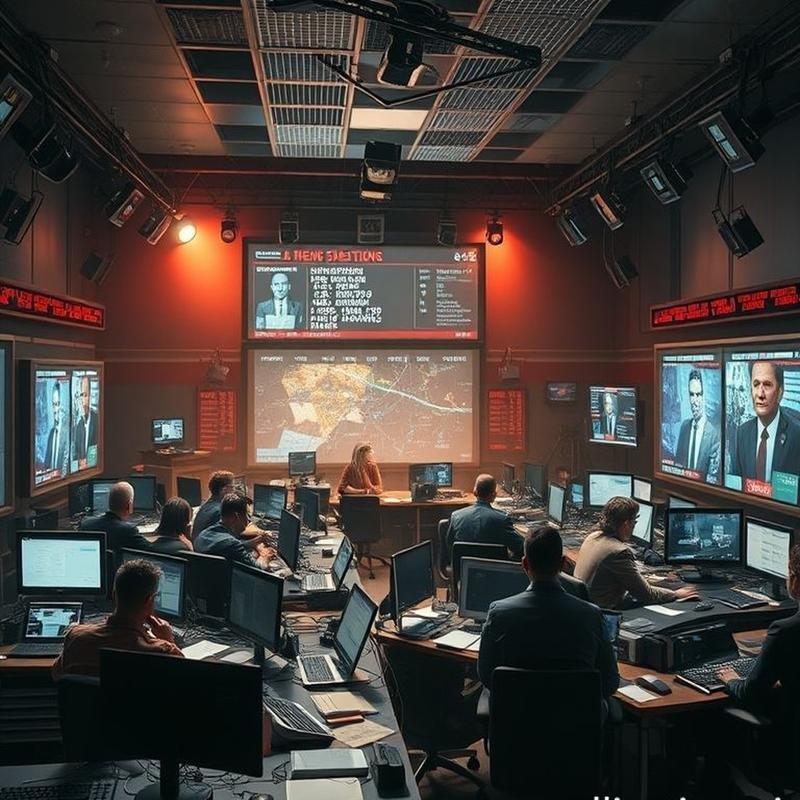The Phoenix Lights: Mass Hysteria or Evidence of Extraterrestrial Activity?

Phoenix Lights: UFO or Mass Hysteria?
Could thousands of observers be simultaneously mistaken? In 1997, the skies over Arizona were the site of a phenomenon that captivated global attention: the Phoenix Lights. This episode delves into the enigma of that night, exploring the potential for individual perception to diverge from collective experience and the influence of fear on shaping reality. Examining both official explanations and compelling eyewitness accounts, we investigate the potential role of collective psychology in shaping this perplexing shared memory. Were the Phoenix Lights a mass optical illusion, or a fleeting glimpse of a reality beyond our current understanding?
Before we embark on this investigation, please share your initial expectations in the comments section. And be sure to subscribe to the channel to follow our exploration of the truth.
The Night of the Lights
On the evening of March 13, 1997, as the sun set in a spectacular display, the sky above Phoenix began to exhibit a captivating mystery. Between 7:30 PM and 10:30 PM, the sightings occurred in two distinct phases. First, a large triangular formation of lights, described by some as exceeding a mile in size, moved silently overhead, inspiring awe. Subsequently, a series of glowing flares appeared, leaving a trail of unanswered questions in the Sky Harbor sky, documented by numerous residents. These were not mere fleeting flashes; they constituted a shared experience for thousands of Arizonans, from Prescott to Boulder City. Even the then-Governor of Arizona, Fife Symington, acknowledged witnessing the unidentified object, before offering a controversial and widely disputed explanation.
The Official Explanation
As questions arose and testimonies circulated, an official explanation was required. Initially, the U.S. Air Force remained silent, denying any involvement in the aerial phenomenon. However, as media and public pressure intensified, the Air Force issued a statement asserting that the lights were flares deployed from A-10 Warthog aircraft belonging to the Maryland Air National Guard. The statement indicated that the aircraft were conducting routine exercises in the Goldwater Range, a military training area southwest of Phoenix. The Air Force confirmed the participation of a squadron of A-10 aircraft, which had taken off from Davis-Monthan Air Force Base in Tucson, Arizona, in these night exercises. According to the statement, the flares were intended to simulate ground targets as part of a tactical exercise.
However, this explanation was met with skepticism by many observers. Doubts quickly emerged regarding whether scattered flares could account for the cohesive and massive light formation described by witnesses. Furthermore, the Air Force was unable to provide precise records of the number of flares deployed or the exact timeline of the operation, further undermining the credibility of the official explanation.
Doubts and Discrepancies
Nevertheless, doubts persisted. While the military maintained that the event was merely a military exercise, a critical question remained: how could these exercises account for the testimonies of thousands who reported seeing something fundamentally different – something immense, cohesive, and extraordinary? Witnesses described a large-scale formation, with some estimating its size as equivalent to several football fields. This sheer scale casts significant doubt on the explanation of mere flares. However, the mystery extends beyond size alone.
The official explanation failed to address a key element: the silence. A recurring theme in the accounts is the complete absence of sound. Unlike illuminated balloons or military aircraft, this formation made no audible noise. This raises another perplexing question: how do we reconcile the witnesses’ claims that the formation obscured the stars? This description strongly suggests a solid object, not simply a collection of scattered lights. Furthermore, the slow and deliberate movement of the formation contrasts sharply with the rapid and agile maneuvers of military aircraft.
Mass Hysteria and Collective Illusion
But could the human mind itself be a factor in this phenomenon? Is it possible that what thousands witnessed was a collective illusion? In psychology, this is known as mass hysteria or mass psychogenic illness, the spread of physical or psychological symptoms among a group of people without a demonstrable organic cause. A seminal study by Nicholas Spanos in 1982 revealed that individuals exposed to misinformation, particularly regarding supernatural events, were more likely to report similar experiences. Could the widespread stories about extraterrestrial objects have planted seeds of doubt and suggestion in the minds of witnesses? Consider the “windshield pitting epidemic” in Seattle in 1954, where residents claimed their car windshields were covered in mysterious residue, despite the lack of physical evidence. Could the Phoenix Lights be another example of this perplexing phenomenon?
Adding to the complexity is the false consensus effect, a cognitive bias that leads individuals to overestimate the prevalence of their own opinions and behaviors. Did witnesses perceive ordinary lights but overestimate their significance due to a belief that others shared their interpretation? Social psychologists suggest that inherently ambiguous events create a state of uncertainty, allowing for multiple and conflicting interpretations to emerge.
Inconsistencies and Contradictions
The inherent inconsistencies within the official statements further complicate the matter. Initially, the U.S. Air Force categorically denied any connection to the lights, then offered a belated and unconvincing explanation. Months later, a different narrative emerged: military flares, a routine exercise. But can eyewitness accounts be so easily dismissed? Witnesses insist that what they saw was larger, more organized, and more unusual than mere flares. Furthermore, in 2007, Colonel Eric Davis, then in charge of Luke Air Force Base, admitted to ordering his personnel to remain silent. Silence imposed by higher orders? What was the motivation behind this? Even the then-Governor of Arizona, Fife Symington, was among the witnesses. He initially mocked the event publicly, but later admitted to seeing an extraterrestrial vehicle.
The Fallibility of Memory
Advanced secret aviation technology? Military exercises conducted in secrecy? Incomplete records with significant gaps? All of these elements fuel conspiracy theories. But what about the human element, and the fallibility of memory? Testimonies, however firmly held, are susceptible to the influences of the human psyche. A groundbreaking study by Elizabeth Loftus in 1974 demonstrated how a single word can alter the recollection of an event. The use of “smashed” instead of “contacted” can distort the details of a witnessed accident. Stress, a common factor in critical moments, also impacts memory. Research indicates that severe stress impairs the brain’s ability to accurately record events, leading to the fading or distortion of details. Furthermore, memory illusion, the false sense of certainty regarding an event that never occurred or occurred differently, can also play a role. The effect of distance on visual perception further complicates matters. The greater the distance, the more difficult it becomes to discern fine details, making the determination of shape, size, and color a matter of speculation.
We must also consider cognitive biases, the unconscious filters that shape our understanding of events based on our pre-existing beliefs. This tendency can lead us to exaggerate certain aspects of reality or ignore others entirely. The effect of misinformation demonstrates how false information can reshape our memory of witnessed events.
The Phoenix Lights in Popular Culture
The Phoenix Lights not only appeared in the skies of Arizona but also on our screens. Shortly after the event, it made headlines, appearing on the cover of USA Weekend magazine with the question: “Did we really see a spaceship?”. The Phoenix Lights soon found their way into television fiction, appearing in episodes of popular series such as The X-Files, solidifying their status as a mysterious phenomenon that defies explanation. Their impact extended beyond fiction, inspiring independent documentaries such as “The Phoenix Lights… Are They Here?”, which reignited the debate about the nature of the lights. The Phoenix Lights have also been a frequent topic on radio programs, where eyewitnesses and UFO researchers share their perspectives. In 2007, journalist Linda Moulton Howe published “The Phoenix Lights… A True Story of Unidentified Flying Object Over Arizona,” sparking renewed interest in the phenomenon. Thus, the Phoenix Lights transformed from a fleeting flash in the night sky into an integral part of popular culture, inspiring artists and musicians, becoming a recurring theme in books about UFOs, and evolving into one of the most famous UFO incidents in history.
Conclusion
Poised between science and fiction, the Phoenix Lights remain a mystery, shrouded in ambiguity and stimulating thought. On that night, March 13, 1997, the witnesses were not mere bystanders but participants in a significant event etched in collective memory. They saw lights… or perhaps something beyond the ordinary. The official explanation of military flares appears insufficient to encompass the entirety of the event. Eyewitness accounts, including that of the former governor, corroborate the sighting of a large, solid object that obscured the stars. Can collective illusion be so powerful as to create a unified perception that contradicts the facts?
Ultimately, the Phoenix Lights serve as a potent reminder of the fragility of human perception and the power of collective suggestion. It is a story where facts intertwine with illusions, leaving us to question whether we truly see what we believe we see. Between official explanations and eyewitness accounts lies a gray area that raises profound questions about the nature of reality itself.
We now invite you, having explored this complex issue, to share your opinions. Do you believe that the Phoenix Lights were a natural







